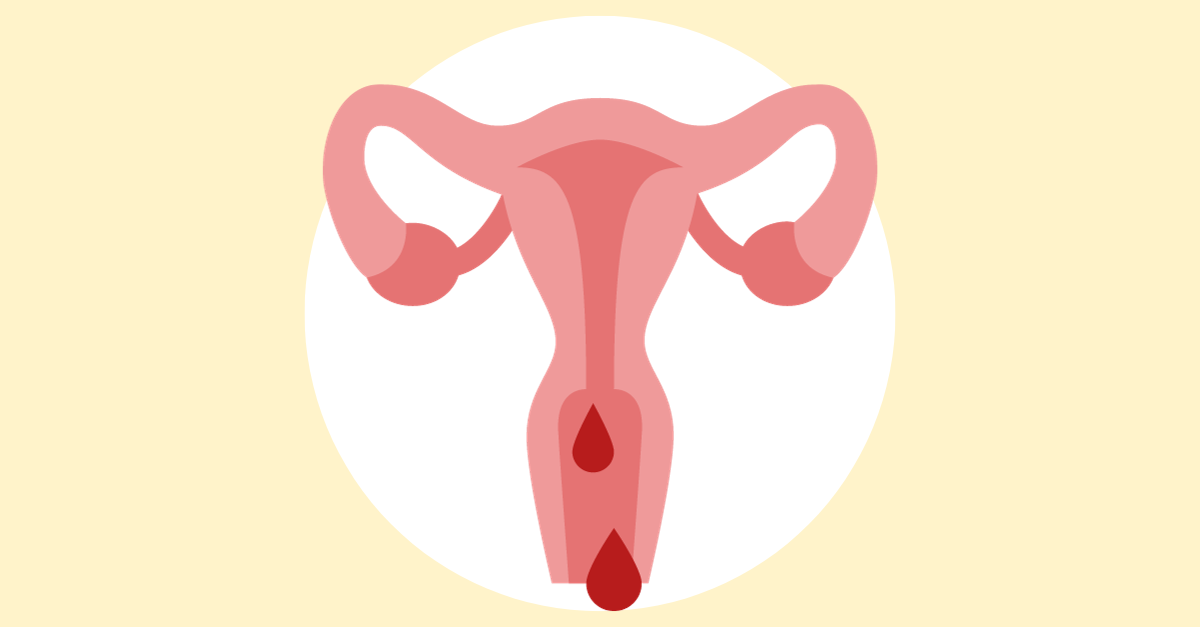February 22nd, 2023

Millions of women worldwide suffer from Premenstrual Dysphoric Disorder (PMDD), a severe type of Premenstrual Syndrome (PMS).
The main signs and symptoms of PMDD start a few days before menstruation and usually go away within a few days. PMDD is more likely to affect young women of childbearing age.
Any woman can develop PMDD. However, women with a family history of PMS, depression, and other mood disorders are more susceptible to the condition. Some women experience intense symptoms that worsen over time and persist through menopause.
A woman might require prolonged treatment as a result. Throughout treatment, medication dosage may change. This article outlines the main symptoms of PMDD, how to spot them, and ways to mitigate symptoms during PMDD episodes.
Although they both pertain to the menstrual cycle, Premenstrual Dysphoric Disorder (PMDD) and Premenstrual Syndrome (PMS) differ significantly. Many women experience PMS, which causes cramps, bloating, breast tenderness, exhaustion, and mood fluctuations. While PMS symptoms might be unpleasant, most women can tolerate them.
On the other hand, PMDD is a severe form of PMS that occurs in a smaller percentage of women. Premenstrual Dysphoric Disorder is marked by severe physical and emotional symptoms that can seriously impair a woman's ability to function.

Symptoms usually appear a week or two before your period and disappear a few days afterward. Symptoms can be so severe that women find it difficult to function properly at work, at home, and in relationships. Compared to other premenstrual symptoms, those that indicate Premenstrual Dysphoric Disorder are noticeably different.
The main symptoms that might be an indication that a woman is suffering from Premenstrual Dysphoric Disorder are:
There are very few diagnostic tests for PMDD; it can be diagnosed through a complete medical history or a pelvic exam. Healthcare providers usually recommend keeping a journal of your symptoms for a few months followed by a mental health evaluation. To make an accurate diagnosis of PMDD, the woman in question should meet the following criteria:
It's important to take note of your symptoms during the menstrual cycle to recognize PMDD. The week or two before menstruation often marks a significant change in symptoms for women with PMDD. If symptoms start days before menstruation and begin to affect her everyday routine a woman should seek medical advice.
If a woman is found to have PMDD, she has several treatment and therapy alternatives from which she can choose. One option is taking medication, which includes antidepressants like selective serotonin reuptake inhibitors (SSRIs). They can assist with symptoms like anxiety and despair. Women can effectively manage the symptoms with hormonal birth control.

PMDD can be devastating, and loved ones need to be supportive and understanding of mothers and women experiencing Premenstrual Dysphoric Disorder.
Here are a few ways to help a mother through PMDD episodes:
Remember that every woman is unique, and some may need additional assistance from others. The most important thing is to maintain open communication lines and be supportive.

We took some time to speak with Courtney Leinen, NP, to answer some questions.
What kind of struggles have you seen in your patients who experience PMDD?
"I often see patients who experience PMDD struggle with mood symptoms (marked irritability and anger, anxiety, sudden sadness or tearfulness, and thoughts of hopelessness) and describe sensations of being overwhelmed, easily fatigued, and/or disturbances in their sleep pattern."
Oftentimes times women will accidentally dismiss PMDD as PMS. What are some early signs that someone should consider seeking an assessment for PMDD from their healthcare provider?
"PMS is differentiated from PMDD in that PMDD has a greater number of symptoms, these symptoms are more severe, and it causes a greater level of impaired function.
It can be helpful to track symptoms to observe if symptom onset is during the final week before the start of a cycle if there is improvement within a few days of the start of a cycle, and if symptoms become minimal to absent in the week post cycle. Charting the relationship between cycles and associated symptoms can be helpful in assessing PMS vs. PMDD."
In mothers specifically what symptoms of PMDD can interfere in their daily life with children (i.e. low energy, mood swings, lack of motivation)?
"Severely depressed mood, fatigue, and mood swings may make it difficult for mothers to actively engage and respond to their children. If a mother is experiencing increased irritability or anger, this may negatively impact the parent-child relationship as well as relationships with other family members, due to increased emotional volatility."
Do you find therapy, meds, or a combination to be most effective in treating PMDD?
"Medication, therapy, and lifestyle change are together, important to managing PMDD. Antidepressants, specifically Fluoxetine and Sertraline may lead to a significant improvement or reduction of many PMDD symptoms and are FDA-approved for PMDD. Therapy can help women increase interpersonal skills, reframe (their) perception and experiences of PMDD, and learn important coping skills. Lifestyle modifications include decreasing caffeine, sugar, sodium, alcohol & nicotine. Ensure adequate sleep & incorporate exercise. Women may want to discuss hormonal treatment with their OBGYN and consider incorporating Calcium, Vitamin B6, Vitamin E, and magnesium supplementation."
Living Beyond PMDD
PMDD is a disorder that affects multiple women, but with the proper diagnosis and care, treatment can control symptoms, and women can lead normal, fulfilling lives. People who think they might have Premenstrual Dysphoric Disorder should get support and assistance from a healthcare professional.

Our Services
Virtual/Online CarePHP and IOPAdult PsychiatryChild & Adolescent PsychiatryAdult TherapyChild & Adolescent TherapyCouples CounselingFamily TherapyGroup TherapyPsychological TestingTranscranial Magnetic Stimulation (TMS)Resources
Refer a PatientCareersClinical Training OpportunitiesOur ProvidersFree Mental Health TestsCommonly Prescribed MedicationsLocationsBlogIn The NewsClarity Through CharityClarity for AllQuick Links
Patient PortalFAQsAccepted InsurancesContact us